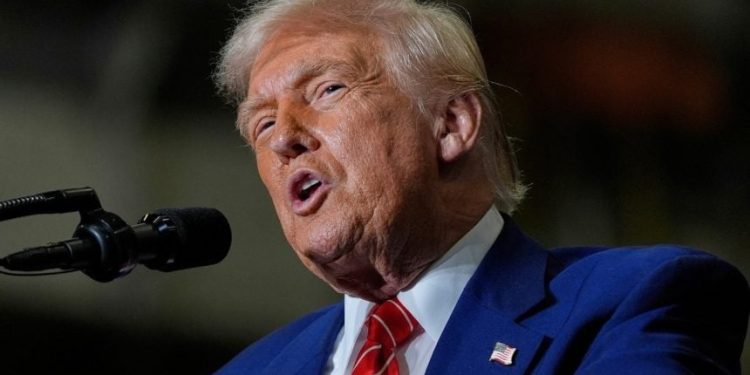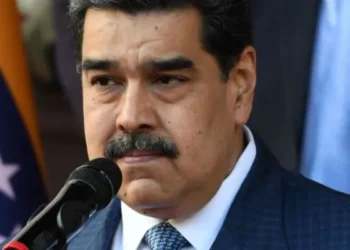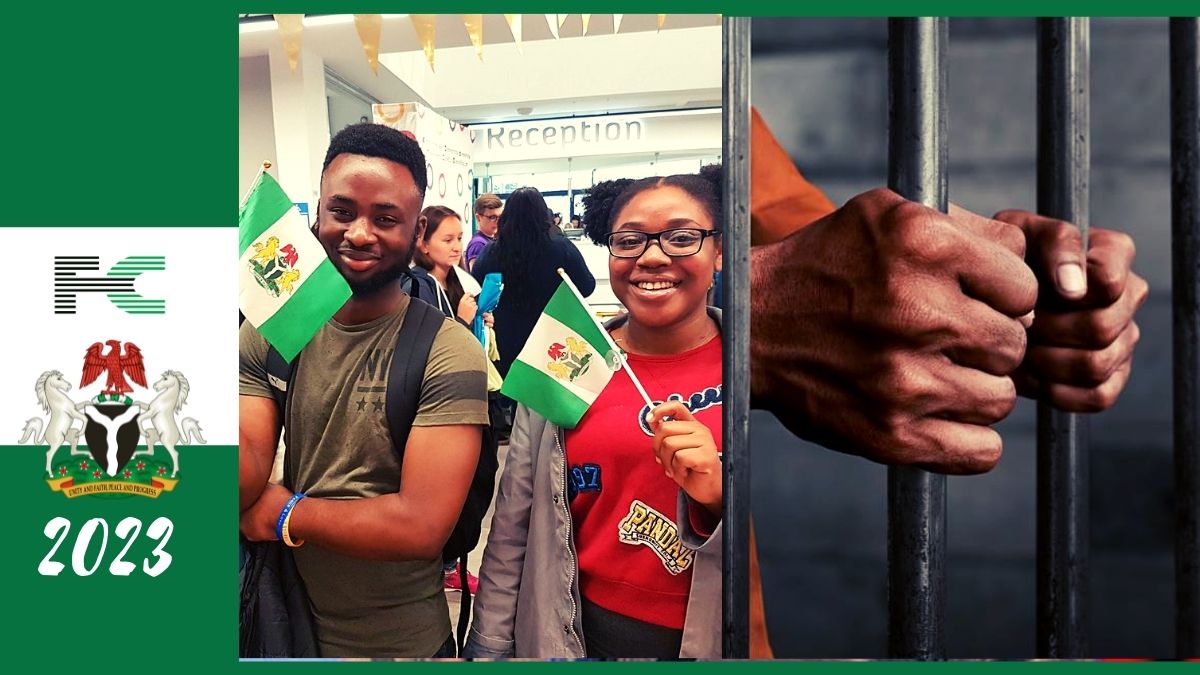Donald Trump has never been shy about shaking up America’s immigration system, but this time he has gone for the jugular. The new rule slaps a $100,000 annual fee on companies that want to sponsor foreign workers under the H-1B visa program. It is one of the sharpest, costliest changes to immigration policy in recent memory, and it is already sending confusion through the corporate world.
Corporate America in panic mode
The H-1B visa is not some side policy tucked away in Washington paperwork. For decades, it has been the backbone of America’s tech and engineering industries. Silicon Valley, Wall Street, healthcare, research labs, you name it, they all depend on talent brought in from outside. By putting such a huge price tag on sponsorship, Trump has not only made hiring harder, he has made it nearly impossible for smaller companies and even some Fortune 500s to justify the cost.

This is not about protecting American workers, as the White House insists. It is about forcing companies to rethink how they do business. And the reality is already unfolding: many are exploring relocation, outsourcing, or simply refusing to play the game at all.
Fortune 500 worker reveals the cracks
The panic is showing up in real-time decisions. On Reddit, an H-1B employee at a Fortune 500 company revealed that his entire division is being moved to India by the second quarter of 2026. “We’ve been informed this week that our entire org is going to be moved to India,” the worker wrote. “Those of us on visas have been given the option to relocate or switch orgs. The VP and directors are hedging against immigration upheaval by the current US administration.”
Think about that for a second: a major American corporation has decided it is cheaper and safer to pack up and leave than to pay the new fees or gamble with immigration red tape. That’s not job protection. That’s job flight.
Who pays the real price?
Trump sells this as a win for the American worker, but the equation isn’t that simple. Companies are not suddenly going to hand jobs to Americans just because they cannot hire talent from abroad. Skilled work in fields like artificial intelligence, chip design, medical research, or even advanced software development doesn’t magically appear in the U.S. labor market because a law changed. Instead, businesses take the easier route: move operations overseas where the talent already exists and where they don’t have to pay a six-figure tax just to hire.
Instead of more jobs for Americans, there are fewer. Instead of boosting competitiveness, America risks pushing innovation abroad. The very industries that made the U.S. a global leader are now calculating whether it makes sense to remain anchored here at all.
Big tech versus Trump’s America
Tech giants like Google, Microsoft, and Amazon are already among the largest sponsors of H-1B visas. With the new rule, every engineer, data scientist, or researcher they hire from outside could now cost an extra $100,000 a year. Multiply that across thousands of employees, and you are talking billions in added costs. Even the wealthiest companies will hesitate, and if they don’t, they’ll simply shift more jobs to satellite offices in India, Canada, or Europe.
It is not just tech either. Healthcare systems rely on foreign doctors. Universities depend on foreign researchers. Finance companies bring in analysts and experts from everywhere. Trump’s fee doesn’t discriminate by industry; it hits everyone. And when it hits everyone, America’s competitiveness takes the blow.
What happens next?
Will corporate America swallow the fee and pay up, or will it quietly move more jobs offshore? Will innovation hubs stay in places like Silicon Valley, or will they shift to Bangalore, Toronto, and Berlin?
The Reddit post about a Fortune 500 company moving operations to India may be just one story, but it reflects a larger trend. If companies continue down this path, Trump’s “America First” could ironically become “America Left Behind.”
A self-inflicted wound
At its core, Trump’s $100,000 H-1B fee is not just a headache for companies. It is a self-inflicted wound for the American economy. The very workers that fuel innovation are being priced out, and the corporations that drive growth are being pushed away.

















